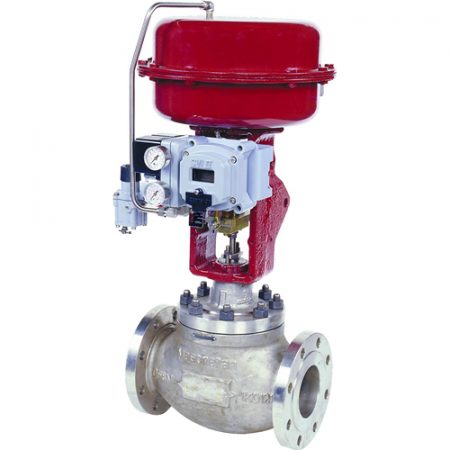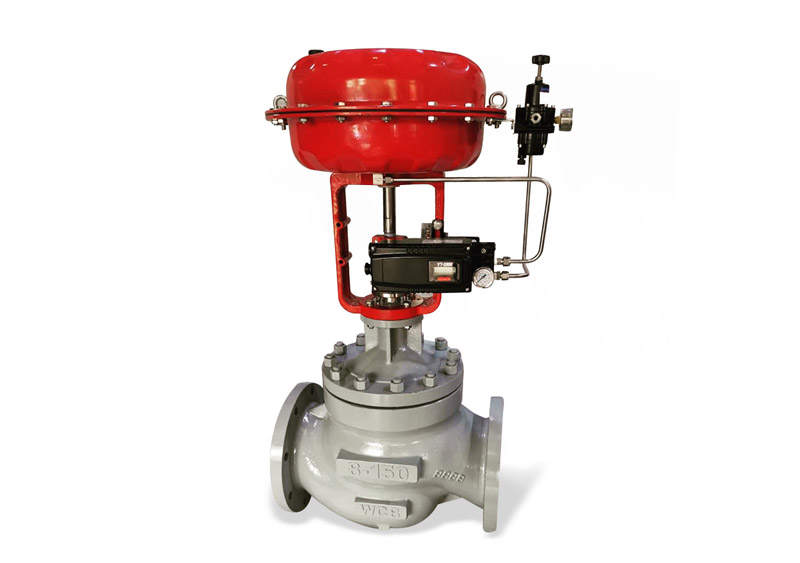Achieve Seamless Assimilation and Control With Top Quality Building Automation Controls
In the realm of modern-day building administration, the value of high quality building automation controls can not be overemphasized. Welcoming quality structure automation controls is not merely an issue of ease yet a calculated important for organizations intending to maximize their facilities' efficiency and sustainability.

Development of Structure Automation Controls
Throughout the previous couple of decades, the advancement of building automation controls has actually dramatically transformed the way structures are managed and operated. Initially, constructing automation systems mainly concentrated on basic features such as regulating ventilation, air, and heating conditioning (HEATING AND COOLING) systems. However, as modern technology advanced, these controls have actually ended up being much more advanced, enabling a bigger series of building systems to be incorporated and handled centrally.
The evolution of constructing automation controls has actually seen a change in the direction of more smart systems that can adjust to changing conditions in real-time. This flexibility is essential for maximizing power efficiency and making sure passenger convenience. Additionally, modern-day structure automation controls currently use functions such as predictive upkeep, remote surveillance, and information analytics, making it possible for facility managers to make data-driven choices to enhance structure efficiency.

Benefits of High Quality Integration
The advancement in building automation manages in the direction of even more smart systems has actually emphasized the considerable advantages of high quality combination in optimizing structure operations and enhancing general efficiency. This central control also offers far better visibility and understandings right into building performance, making it possible for positive upkeep and optimization methods. Overall, the advantages of quality combination in structure automation controls are undeniable, providing increased effectiveness, comfort, and functional effectiveness.
Improved Individual Experience and Availability
Enhancing customer interaction with building automation controls through instinctive design and boosted ease of access boosts the general experience for owners and center managers alike. By concentrating on customer experience, developing automation systems can come to be more reliable and user-friendly. User-friendly interfaces, clear navigation, and adjustable setups equip individuals to communicate with the controls easily and successfully.
Accessibility features play an essential duty in making certain that all individuals, including those with handicaps, can make use of the structure automation controls easily. Including functions such as voice commands, responsive switches, and color-contrasted screens can enhance accessibility and make the controls a lot more comprehensive.
Moreover, improved user experience leads to higher user fulfillment, raised efficiency, and much better decision-making. Residents can adjust ecological settings according to their preferences, while facility managers can effectively monitor and handle structure systems - control valves. In general, focusing on individual experience and ease of access in structure automation regulates adds to a much more efficient and smooth structure setting for all stakeholders involved
Sustainable Practices With Automation

Moreover, automation can help with the assimilation of renewable energy sources such as solar panels or wind turbines into building operations. Through automation, structures linked here can line up with contemporary sustainability objectives and contribute to a greener future.
Future Trends in Building Control Equipment
One famous trend shaping the future of building control systems is the increased integration of Artificial Intelligence (AI) and device understanding. check In addition, the Internet of Points (IoT) is changing building control systems by connecting gadgets and sensors to simplify procedures and boost effectiveness.
Another essential pattern is the focus on cybersecurity actions to protect versus potential risks to constructing automation systems. As buildings come to be extra interconnected, ensuring durable cybersecurity procedures will be vital to safeguard delicate information and avoid unauthorized gain access to.
Additionally, the shift towards cloud-based systems is acquiring momentum, enabling systematized control and remote accessibility to building systems. This assists in less complicated surveillance, maintenance, and updates, enhancing the total performance and versatility of structure control systems. As modern technology remains to advance, these fads are anticipated to form the future landscape of structure automation controls, driving advancement and sustainability in the developed environment.
Verdict
In verdict, constructing automation controls have actually advanced significantly, using many advantages such as enhanced user experience, access, and sustainable practices. Quality combination plays a vital function in accomplishing smooth control and efficient operation of structure systems. Future patterns in building control systems are likely to focus on additional improving automation abilities for boosted energy effectiveness and general efficiency. It is essential for structure proprietors and operators to focus on the fostering of quality building automation regulates to maximize building procedures and achieve long-term sustainability objectives.
In the world of modern-day building administration, the significance of high quality building automation controls can not be overstated. Overall, the development of building automation controls proceeds to drive development in the structure management industry, providing new possibilities for creating smarter and a lot more lasting buildings.
The advancement in structure automation controls in the direction of even more smart systems has actually emphasized the significant benefits of quality assimilation in enhancing structure procedures and enhancing total effectiveness. On the whole, focusing on individual experience and access in building automation manages contributes to a more productive and smooth structure atmosphere for all stakeholders involved.
It is necessary for structure owners and operators read the full info here to focus on the adoption of quality structure automation regulates to maximize structure operations and achieve lasting sustainability goals. - control valves